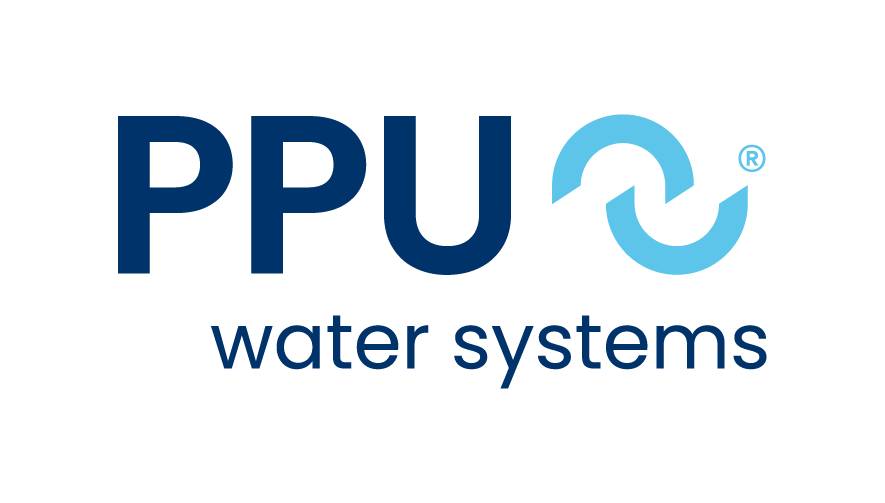Food And Beverage
Sector Overview
Home > Food And Beverage
Contents
The food and beverage industry generates large volumes of wastewater from manufacturing processes and clean-in-place (CIP) operations. The quantity, pollutant load, and composition of this industrial wastewater can vary widely depending on the specific application. The challenges for each specific type of food and beverage wastewater are different. But some issues in key sectors are discussed below. With the correct process technology selection, any wastewater can be treated effectively and efficiently.
With years of proven technical expertise and experience, we are the trusted partner for your wastewater treatment needs. We offer complete turnkey systems for flow rates ranging from 1 m³/h to 400 m³/h. Continue reading to discover how we can help manage wastewater for various industries in this sector.

Sources of Wastewater in the Food and Beverage Industry
1. Processing Water:
This type of water is generated by equipment such as special coolers, condensers, and during evaporation processes. Processing water is typically low in contaminants and, after minimal pre-treatment, can often be reused or safely discharged alongside stormwater. Common reuse applications include hot water and steam generation, as well as membrane cleaning.
2. Cleaning Wastewater:
Produced during the cleaning of equipment that comes into direct contact with food products, this wastewater also includes spillage, CIP (clean-in-place) effluent, and water from equipment malfunctions or operator errors. More than 90% of the organic load in these effluents originates from manufacturing residues. Due to their high pollutant concentrations and large volumes, cleaning wastewaters require comprehensive treatment.
3. Sanitary Wastewater:
Generated from staff facilities such as toilets and showers, this wastewater closely resembles domestic sewage. It is typically discharged directly into the municipal sewer system but can also serve as a nitrogen source for nutrient balancing in biological treatment processes, particularly before secondary aerobic treatment.
Composition and Breakdown by Industry
Meat and poultry processing
Meat processing wastewater quality depends on water usage, the type of animal slaughtered and the amount of rendering or processing that is done on site. This industry includes abattoirs, slaughterhouses, meat packing companies and smaller butchers. Two distinct categories exist: red meat, which includes the processing of beef, mutton and pork, and white meat, for processing poultry. The wastewater contains high levels of blood, product remains and fats resulting in highly contaminated wastewater, which is often additionally contaminated by the delivery and intermediate holding of the animals for slaughter.
Wastewater composition:
The composition of wastewater from the meat processing industry is characterized by straw and saw dust, along with high concentrations of blood, fat and grease, animal body tissue (offal), animal trimmings, urine and faecal matter, as well as emitting smells. Each of these contributes to a high organic load as well as a considerable quantity of suspended matter.
Wastewater characteristics:
The characteristics and volume of wastewater discharged from meat processing factories vary with the products and production procedures. Water plays a key role in meat processing. It is used in every step of the production lines, including cleaning and washing, disinfection, heating and cooling. Water requirements are very large.
Fish processing
Fishing processing wastewater is highly contaminated. The degree of pollution of the wastewater depends on several parameters. The most important are the type of operation being carried out, the fish species being processed and the operating routine in the factory.
Examples are: fresh fish processing, delicatessen processing (crayfish, crabs, calamari, oysters etc) freezing process, salmon substitute production and canning.
Wastewater composition:
In general, the wastewater contamination fluctuates, with a high percentage of organic material (undissolved remains, greases, cooking oils, proteins, spices, vegetables as well as sugar, vinegar) and with high concentration of salt, chlorine, cleaning, colouring and disinfection agents.
Processing effluents have high amounts of contaminants such as TSS, biological oxygen demand (BOD), chemical oxygen demand (COD), fat, oil and grease (FOG) as well as nitrogen and phosphorus.
Dairy industry
The dairy industry includes the transformation of raw milk into pasteurized and sour milk, yoghurt, hard, soft and cottage cheese, cream and butter products, ice cream, milk and whey powders, lactose, condensed milk, as well as various types of desserts.
In this industry, the wastewater differs significantly due to the different compositions of the product manufactured and the processes used. Dairy effluents are distinguished by their high organic content, low nutrient value, relatively high temperatures, wide pH range and presence of disinfectants. This requires special purification and treatment steps in order to reduce or eliminate the environmental impact of wastewater discharges.
Dairy wastewater composition:
Milk processing effluents have a high temperature and large variations in pH, TSS, biological oxygen demand (BOD), COD, total nitrogen (TN), total phosphorus (TP) and fat, oil and grease (FOG).
Wastewater Characteristics:
Water plays a key role in milk processing. It is used in every step of the process lines, including cleaning, washing, disinfection, heating and cooling. Water requirements are significant . In dairy factories, the fluctuations in wastewater quality and quantity are very problematic because each milk product needs a separate process line.
Distilleries
Distilleries can be categorized as highly polluting industries generating large volumes of wastewater known as spent wash. Elimination of pollutants and colour from distillery effluent is becoming increasingly important, as such effluent leads to extensive soil and water pollution due to its high BOD and COD content and the presence of toxic materials such as phenolic compounds.
Distillery wastewater can also have a very low pH. Distilleries generate wastewater at various stages in the process, such as distillation, condenser cooling, fermenter cooling, fermentation and washing stages. The most significant amounts of this effluent is produced at distillation and condenser cooling stages. The characteristics of the wastewater generated depend on the feed stock used.
Distilleries are agro-based industries, which utilize agricultural products such as sugar cane juice, sugar cane molasses, sugar beet molasses, corn, wheat, cassava, rice, barley as raw materials due to the big volume of effluent and presence of certain recalcitrant compounds, the treatment of this stream is rather challenging by conventional methods.
Wastewater composition:
Distillery effluent is characterized by dark brown color, acidic pH, high temperature, low dissolved oxygen (DO), high biochemical oxygen demand (BOD) and chemical oxygen demand (COD) Raw distillery wastewater has the characteristics such as pH 4.0–4.6; chemical oxygen demand 85,000–110,000 ppm; total dissolved solids 85,000–110,000 ppm and biological oxygen demand 25,000–35,000 ppm. Distillery effluent also contains significant amount of phenols (7,202 mg/L), chlorides (7,997 mg/L), sulphates (1,100 mg/L), nitrates, phosphates (1,625 mg/L) and heavy metals.
Breweries
Water is an important component in every brewery. On the one hand, it is the core ingredient of the beer, and on the other hand, it is necessary to comply with the hygienic requirements. Depending on the size of the brewery, between three and six litres of water are therefore used per litre of beer. The wastewater produced during the brewing process usually contains organic compounds such as alcohol, sugar, yeast, hop residues and proteins. In addition, there are cleaning chemicals such as surfactants or alkalis.
Water is a component of the brewing process in almost every step. During mashing, malt mixes with water to create the wort. The aim here is to dissolve the sugar from the malt, which can later be converted into carbon dioxide and alcohol. The boiling of the hops ensures that alpha acid is dissolved in the wort, which adds the characteristic bitter note to the beer and ensures a longer shelf life. The yeast then breaks down the fermentable sugar into alcohol and carbon dioxide.
Wastewater composition:
Wastewater is produced during the cleaning of each process step. Residues from the respective processing steps and cleaning chemicals are mixed into the wastewater. When filling into bottles, cans, or barrels, it is even more important to work hygienically. Therefore, disinfectants are also used here, which are a core component of this type of wastewater.
Proper treatment of brewery wastewater is crucial to comply with current environmental regulations. This includes separation of solids, separation of suspended solids and biological degradation of dissolved substances. Depending on the degree of treatment, the wastewater is suitable for discharge into the public sewer system, for direct discharge into the environment or for reuse as cleaning water in the brewery.
Wineries
Winery wastewater management is important to the business and environmental performance of a winery. Wastewater loads vary seasonally with high fluctuation and peaks followed by long lull periods.
During these lull periods, the wastewater can be highly contaminated and due to the poor nutrient situation, often only treatable with additional measures.
Wastewater composition:
The composition of wastewater from wineries is characterized by unused grapes and juice, winemaking remnants such as alcohol and sugars, inorganic salts, organic compounds, yeast, bacteria and chemicals such as cleaning agents.
Wastewater Characteristics:
The Wastewater characteristics vary from winery to winery and are significantly influenced by climate and wine type produced. Unique characteristics are the “high-strength” winery process wastewater (i.e. having more than 7,000 mg/L of BOD, with a TSS of over 3,000 mg/L).
Our Solutions
With over 20 years of experience, the ClearFox® team has delivered turnkey industrial wastewater treatment systems across Europe. Our in-depth understanding of food and beverage wastewater allows us to design highly efficient, tailored solutions for a wide range of applications.
All process equipment is engineered and manufactured in-house at our facility in Germany, ensuring strict quality control and full compliance with European standards. Our technologies include:
Mechanical Screening
pH Adjustment
Dissolved Air Flotation (DAF)
Biological Treatment (FBBR or SBR)
Clarifiers
Tailored for Food & Beverage Wastewater
Food and beverage wastewater varies greatly depending on the type of processing involved. Contaminants such as BOD, COD, TSS, fats, oils, and grease (FOGs) may appear in widely differing concentrations. Achieving the required treatment level or enabling water reuse often requires a combination of physical, chemical, and biological treatment steps.
ClearFox® offers scalable, flexible solutions—from simple DAF pre-treatment for sewer discharge to advanced multi-stage systems for environmental discharge or reuse applications.
Why Choose ClearFox®?
Our modular systems offer clear advantages:








We design, manufacture, and implement every part of the treatment process ourselves. Our technologies—including DAF, FBBR, and SBR systems—are backed by reference projects in over 50 countries.
Ongoing R&D ensures we remain at the forefront of wastewater treatment innovation. By continuously improving our systems, we help our clients achieve optimal performance with the highest reliability.
Get Started with Confidence
Up Next

Distillery Wastewater Treatment
This page provides in-depth guidance on how to design and optimise a distillery wastewater treatment system. You’ll find a step-by-step overview of the processes, treatment
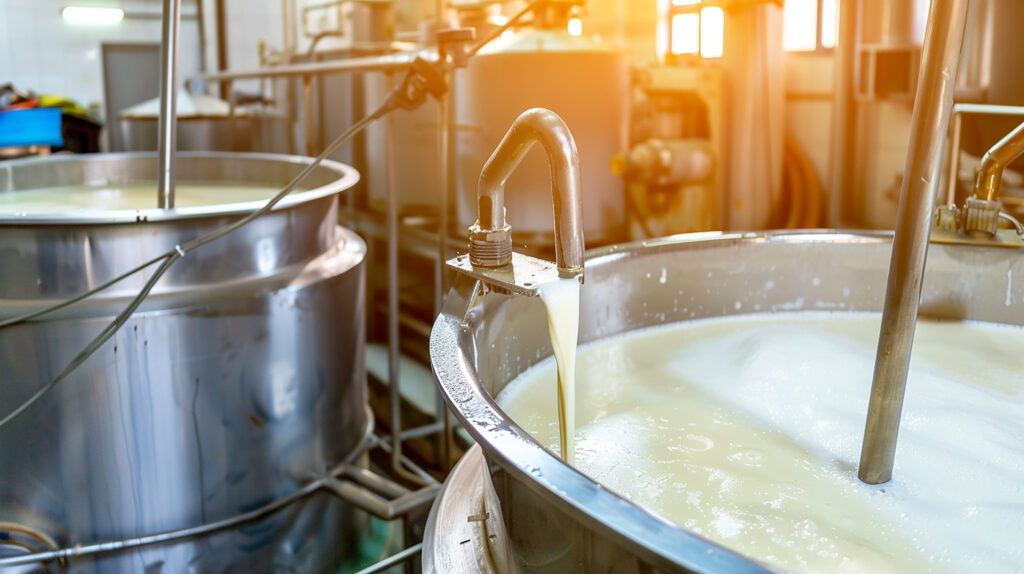
Dairy Wastewater Treatment
Every dairy is different—each producing specific products using unique manufacturing processes. That’s why ClearFox® offers tailored wastewater treatment systems designed to simplify even the most
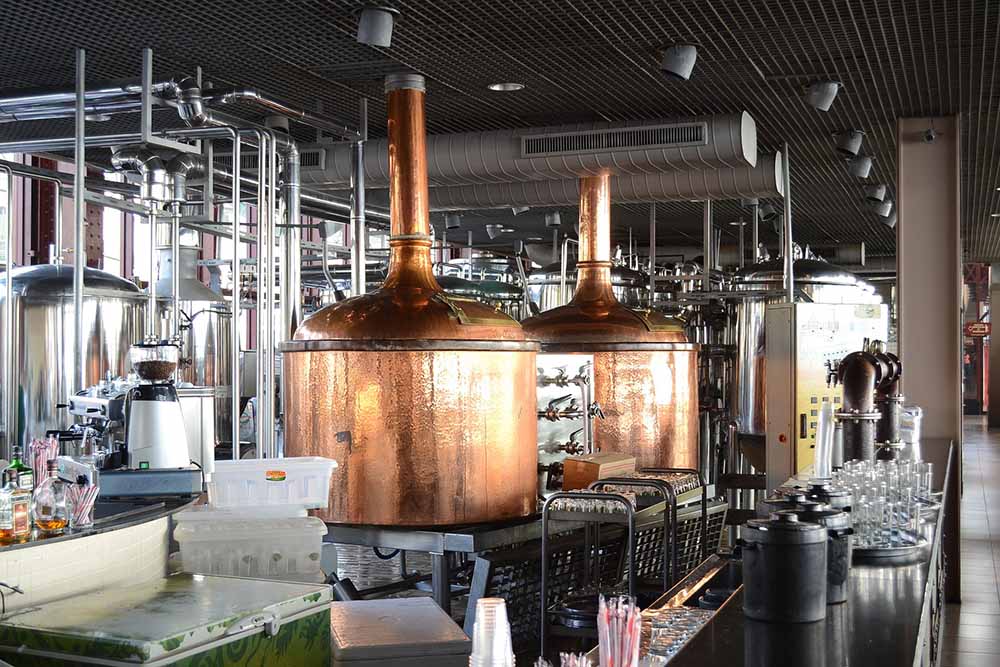
Brewery Wastewater Treatment
This comprehensive guide offers insights into optimizing brewery wastewater treatment systems. Discover how effective treatment can reduce operational costs, ensure compliance with regulations, and protect
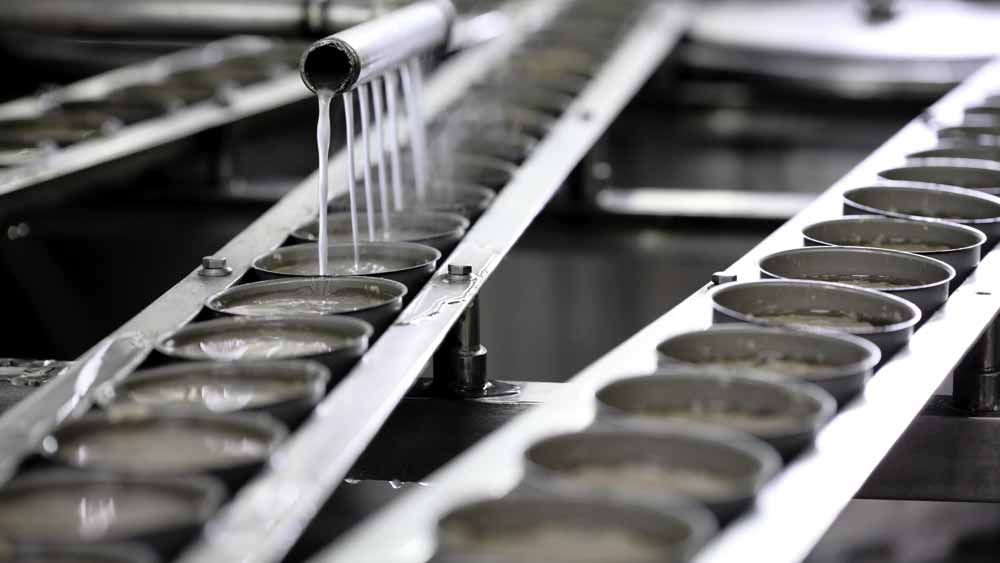
Fish Processing Wastewater Treatment
On this page, you’ll find everything you need to plan, design, and procure an effective fish processing wastewater treatment system tailored to your operations.
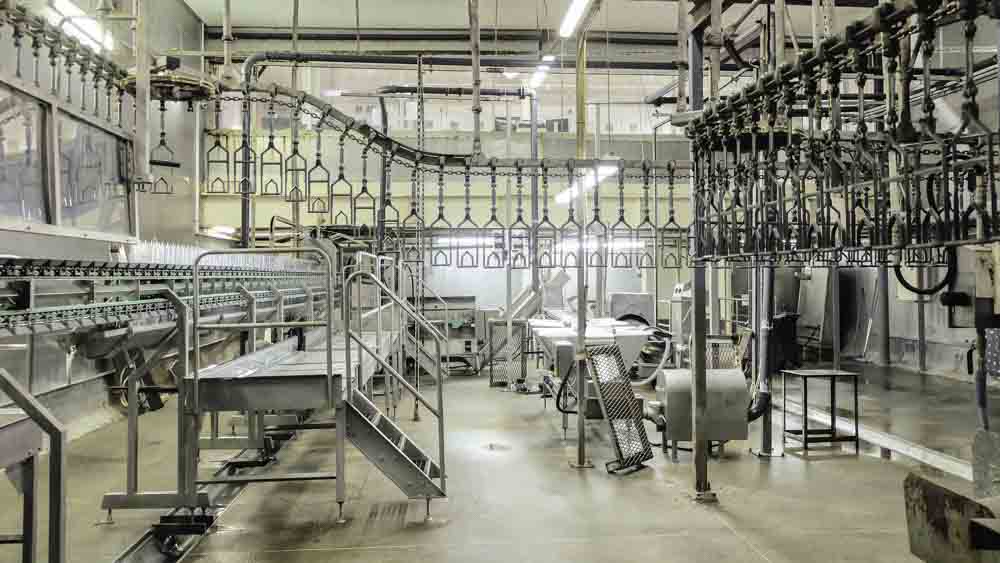
Meat Processing Wastewater Treatment
Meat processing companies are among the largest industrial water consumers. The composition and volume of wastewater varies significantly depending on the type of animal. Because
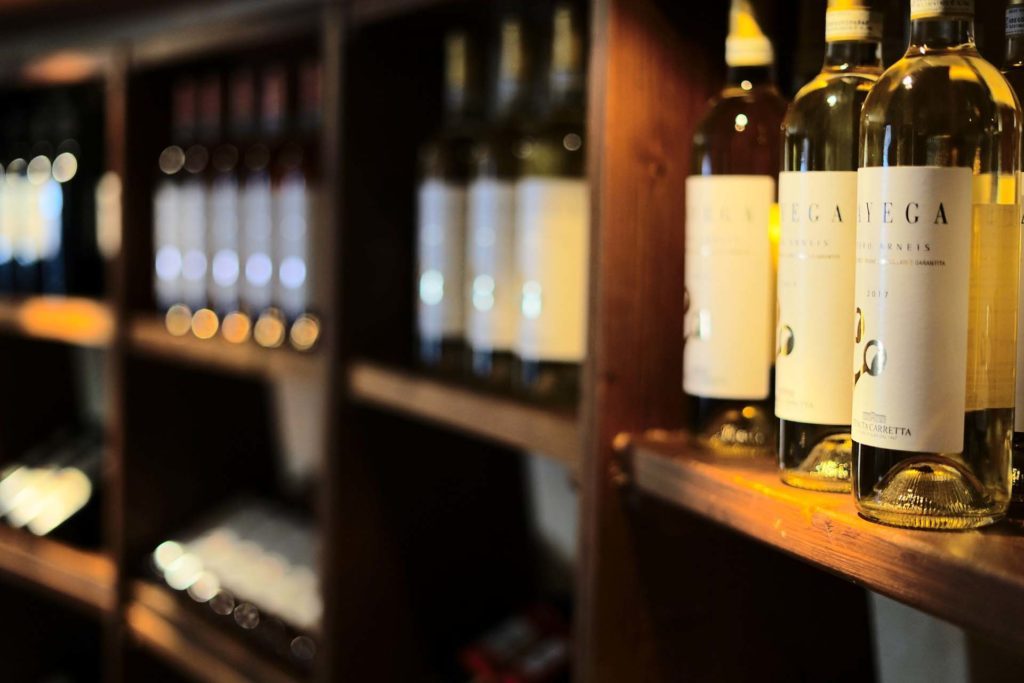
Winery Wastewater Treatment
With growing environmental regulations, proper treatment of winery wastewater is more important than ever. There are several wastewater treatment options available—each varying in cost, reliability,

- 40,000+ treatment systems
- Installed in over 50 countries
- Treating 25 million litres daily
- Certified.
- Compact.
- Containerized.
- [Clever.]
